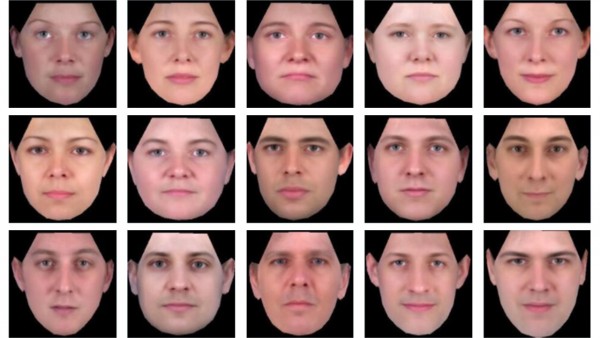

Why beauty is in the eye of the beholder
Science magazine | Oct. 1, 2015
By Kelli Whitlock Burton
They say beauty is in the eye of the beholder. But whether the beholder’s opinion is a product of one’s genes or one’s environment has long been a question for scientists. Although some research suggests that a preference for certain physical traits, such as height or muscular build, may be encoded in our genes, a new study finds it’s our individual life experiences that lead us to find one face more attractive than another.
To get some closure on the nature versus nurture debate in human aesthetics, researchers asked 547 pairs of identical twins and 214 pairs of same-gender fraternal twins to view 200 faces and rate them on a scale of one to seven, with one being the least attractive and seven the most attractive. A group of 660 nontwins then completed the same survey. If genes were more involved in facial preference, identical twins would have had similar ratings; if the influence of a familial environment carried more weight, fraternal twins would have also answered similarly.
However, most twins’ scores were quite different from one another, suggesting that something else was at play. The researchers suspect that it’s an individual’s life experiences that guide our opinions of attractiveness.
The findings, reported today in Current Biology, build on earlier work by the same team that shows the ability to recognize faces is largely a genetic trait. The research is ongoing, and you can participate, too. Just complete the facial preference survey through the researchers’ website at: www.TestMyBrain.org.
